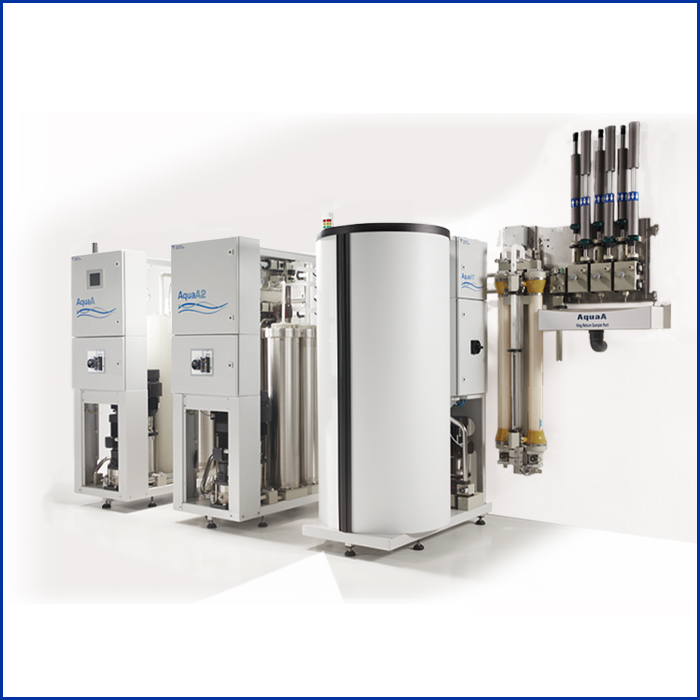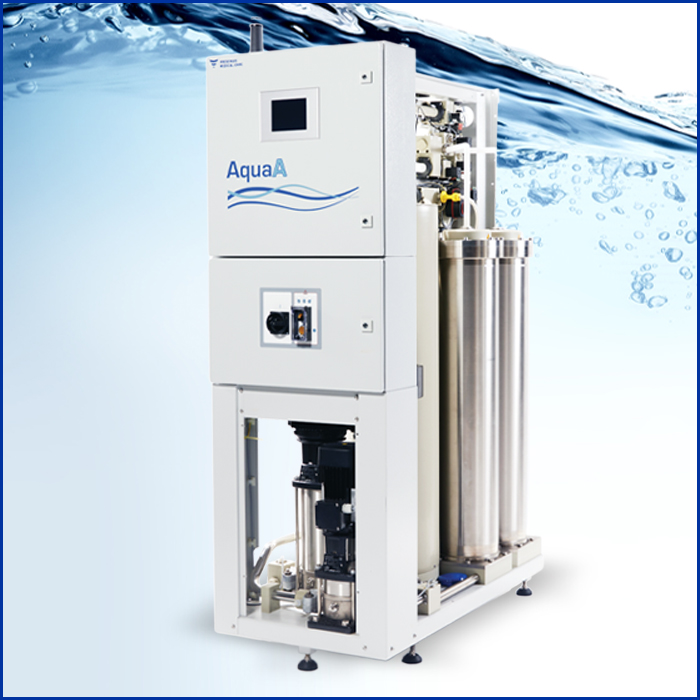DEVELOPING A PROCESS TO EXPEDITE PERMANENT ACCESS PLACEMENT HAS BEEN UNDERWAY AT FRESENIUS VASCULAR CARE
Editor’s Note: Getting catheters out of new patients has been a challenge for all dialysis staff for years, because close to 80% of new patients start with a temporary catheter. Developing a process to expedite permanent access placement has been underway at Fresenius Vascular Care, and the company’s clinical team presented results from a pilot project at the National Kidney Foundation’s Spring Clinical Meetings in April via the poster, “Vascular access process metrics as a novel identifier in the dialysis access care continuum.” FVC’s aim is to reduce the period of time to transition patients from their use of a catheter to that of a permanent vascular access. We asked Walead Latif, DO, MBA, medical director of Fresenius Vascular Care, about the details of the pilot.
NN&I: What do you see as the essential problem is transitioning patients with temporary catheters to a permanent access?
Walead Latif, DO, MBA, CPE: There is no doubt that we have made great progress with Fistula First. When this mandate started, the renal community was at a 32% fistula rate. We have done a good job of bringing that up to a 60% rate for prevalent patients, with goals of 65-70%.The current problem is stagnation. Other countries are doing better. In Europe, it is a cultural view that patients get a permanent access as soon as possible. And they get more training on placing better accesses. U.S. surgeons get the least amount of training in vascular access placement.
And, I do believe we have to keep an open mind on access type. Placing a PTFE graft, in most cases, is a fantastic second choice—such as in patients over 75 with multi-comorbid conditions. That is what got me interested in this problem.
NN&I: So how did you build this new process for access placement?
Latif: The first step was to identify a process that could get us from a temporary catheter to a permanent access. The second was establish a hard metric(s) that we wanted to meet. Here is how the process would work for a patient who arrives at an Fresenius Kidney Care clinic with a temporary central venous catheter (more details on results from the pilot study elsewhere in this interview):
1). Getting a surgical consult. We want to accomplish that in seven days or less.
2). With the surgeon’s help, we determine where the fistula or graft should be placed. We sit down with the patient and nephrologist to talk about options after we complete a vein mapping.
3). With the decision made on type of access and where to place, we schedule the surgery.
4). We determine a vascular access plan post-placement. This is done with the surgeon, the interventionist, and the dialysis clinic staff. The message we send to patient and staff is clear: “I am going to take ownership of the access. I want to get the clinic to improve the fistula rate.”
Read the full story at Nephrology News


